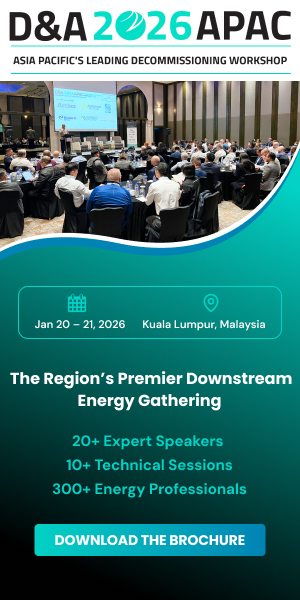AkzoNobel, a Dutch multinational company which creates paints and performance coatings for both industry and consumers, explains how Corrosion Under Insulation (CUI) costs industry millions of dollars annually
Moisture ingress into conventional insulation materials usually results in accelerated corrosion of the underlying steel surface, which can result in structural failure of the pipe, vessel or other insulated item. If left unchecked, CUI can result in leakage from pipes and vessels as a result of localised corrosion. If such equipment is operating under high pressure, this increases the potential for catastrophic failure.
CUI is generally a risk in the temperature range of -4°C to 175°C (25°F to 347°F) but the highest corrosion rates are normally experienced in operational conditions between 60°C to 120°C (140°F to 248°F). Under these conditions, corrosion rates of between 1.5 - 3.0 mm per year have been reported, and the potential for corrosion doubles for every 15 - 20°C increase in temperature between 0 - 100°C (32 - 212°F).
Refineries and petrochemical plants use a variety of process conditions, inevitably including both continuous and cyclic high temperatures. Service conditions can be extremely harsh, imposing a high degree of stress upon coatings which can result in a loss of physical properties. Steam-out cleaning and short but severe temperature spikes can also create cyclic conditions which accelerate corrosion.
Traditionally, insulated pipework operating at elevated (or very low) temperatures has been coated using epoxy phenolic technology; this provides robust corrosion protection during downtime and excellent heat resistance in service. However, this traditional technology does come with some widely-recognised limitations from a quality assurance and productivity viewpoint at the point of application. Costs are driven higher by dry film thickness sensitivity and potential for in-service cracking, as well as slow drying/curing speeds, particularly at lower temperatures <10ºC (50ºF). This is especially challenging for maintenance engineers as pitted steel substrates are non-uniform surfaces, increasing the coating stress and potential for cracking.
Interbond 2340UPC is a universal pipe coating based on alkylated amine epoxy (AAE) technology which provides a versatile solution for CUI maintenance work. Temperature resistant from -196°C (-321°F) to 230°C (446°F), a high cross-link density coupled with a flexible chain modification grants AAE excellent resistance to CUI, alongside much greater tolerance to natural application variation. This improves overall coating performance in maintenance conditions as the coating is much more likely to be within specification limits, whilst minimising overall application costs. The high dry film thickness (DFT) tolerance greatly reduces the potential for cracking in service, helping to ensure excellent resistance to CUI and aggressive cyclic conditions in service.
AAE technology has also been proven to surpass the traditional barriers of low-temperature cure and long minimum overcoating intervals inherent of epoxy phenolic technology, forming a robust film that can cure rapidly down to -5°C (-23°F). A rapid, low-temperature cure can allow applicators to double their productivity vs conventional solutions for CUI maintenance, greatly increasing turnaround speed.
AAE technology delivers the right balance of superior properties for both the applicator and the asset owner, allowing for easy application all year round and greatly reducing the risk of CUI. Delivering superb ambient temperature ISO12944-9 resistance, Interbond 2340UPC is a truly ‘universal’ pipe coating, allowing simplicity of specification and application, resulting in increased confidence for asset protection and improved application flexibility vs traditional coating solutions.








